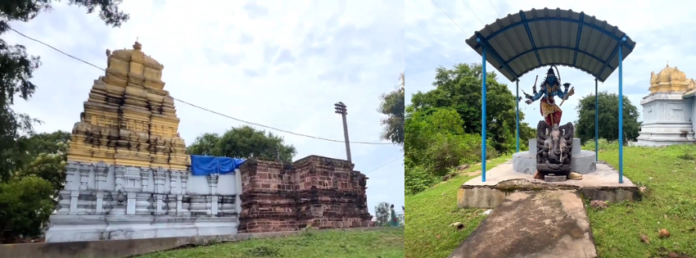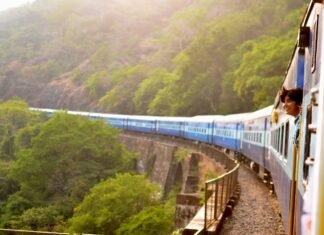Introduction:
Nestled on the banks of the River Godavari in the village of Pattiseema, West Godavari district, Andhra Pradesh, the Sri Veerabhadra Swamy Temple is a revered pilgrimage site. This temple is deeply rooted in mythological tales and is known for its powerful deity, Lord Veerabhadra. Here’s a comprehensive guide to the historical significance, legends, and religious importance of the temple.
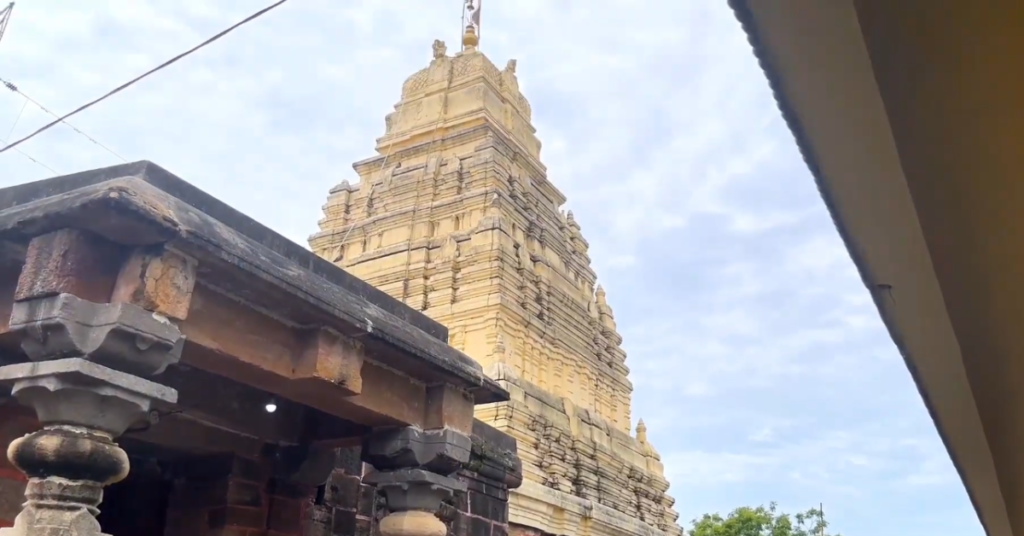
The Mythological Origin of Pattiseema:
The origins of Pattiseema are tied to the famous tale of Sati Devi and Lord Shiva. Sati, the daughter of Daksha Prajapati, defied her father’s wishes and married Lord Shiva. When Daksha held a Yagna to insult Lord Shiva, Sati Devi, though uninvited, attended the ceremony. Upon witnessing her husband’s insult, Sati Devi immolated herself in the fire, unable to bear the shame. In his fury, Lord Shiva created Lord Veerabhadra, who destroyed the Yagna and slayed Daksha.
According to legend, the place where Lord Veerabhadra’s weapon, Pattayudha, fell is known as Pattiseema, giving the village its name.
Also visit: The Exclusive of Dwaraka Tirumala Temple of the Lord Venkateswara
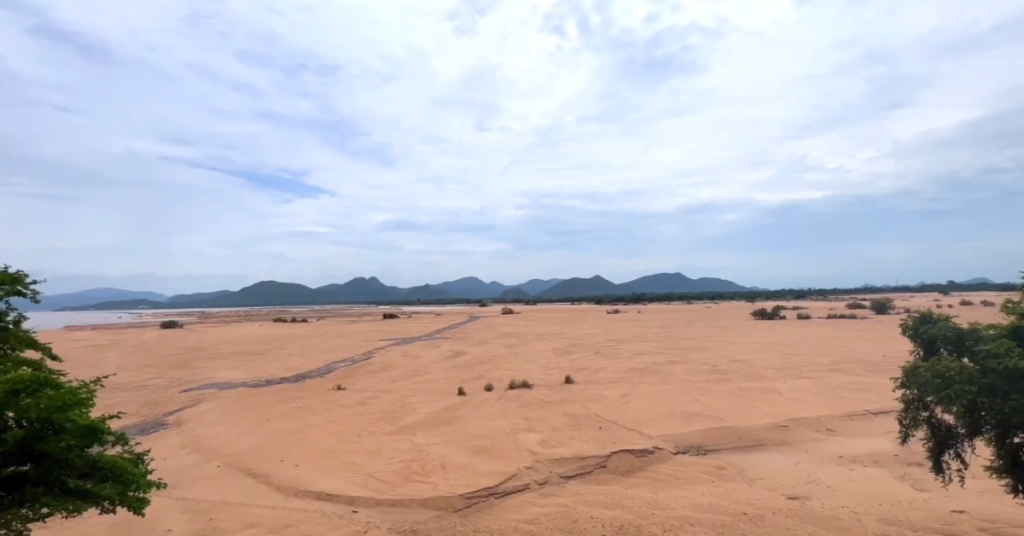
The Spiritual Significance of Sri Veerabhadra Swamy Temple:
The Sri Veerabhadra Swamy Temple stands majestically on Devakuta Parvatha, a hillock in the middle of the Godavari River. This temple is a Swayambhu (self-manifested) temple, meaning the deity appeared naturally. Lord Veerabhadra, after his fierce battle, settled here in the form of a Sivalinga.
Must read to Know: Exclusive Sri Kukkuteshwara Swamy Temple: One Of The Pilgrimage
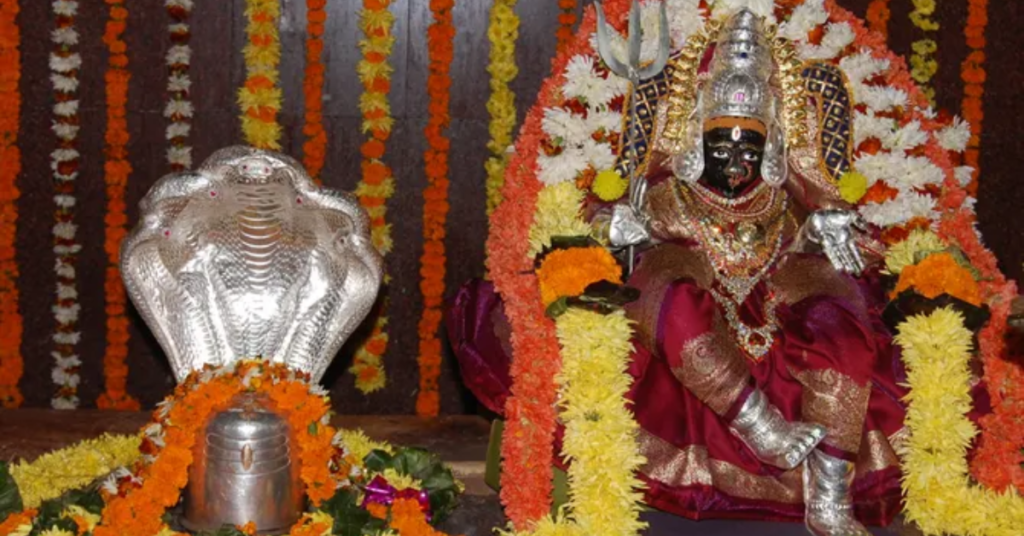
Temple Architecture and Deities:
The temple is surrounded by the scenic beauty of the Papi Hills and the Godavari River, offering a picturesque and peaceful atmosphere for devotees. Key highlights of the temple include:
Must read and visit: Exclusive of Kumararama Bhimeswara Swamy Temple: History, and More
- Nandi Vigraha: A beautifully sculpted statue of Nandi greets visitors at the temple.
- Devi Bhadrakali Sculpture: A life-sized sculpture of Devi Bhadrakali, adorned with ornaments and holding a sword, stands out on the temple walls.
- Sub-Temples: The temple complex includes smaller shrines dedicated to Parivara Devathas, Bhadra Kali, Sri Kanakadurga, Lakshmi Ganapathi, and others.
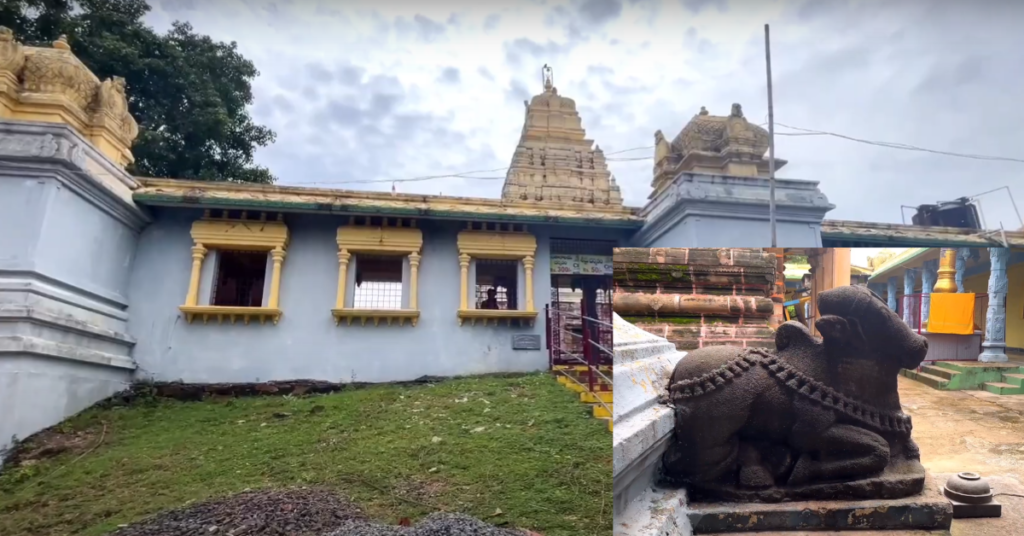
Must read: Exclusive Sri Veereswara Swamy and Bhadrakali Temple in Muramalla
Group of Temples at Pattiseema:
In addition to the Sri Veerabhadra Swamy Temple, the hillock also houses other significant shrines:
- Sri Bhavanarayana Swamy Temple: A leading shrine for Vaishnavites.
- Sri Sita-Rama Swamy Temple: Built by the Zamindar of Gutala in 1912.
- Anjaneya Swamy Temple: A later addition to the temple complex.
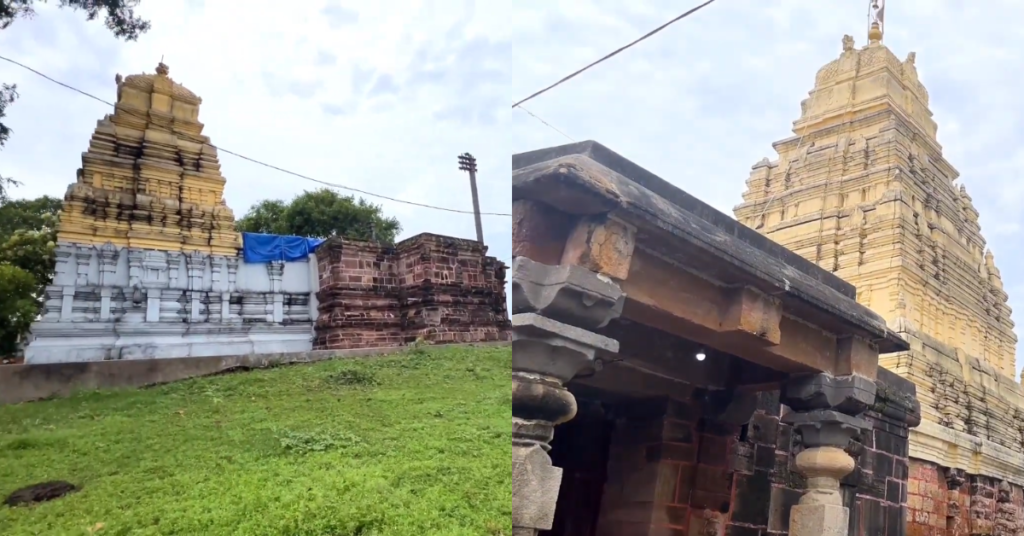
Also read: Discovering Dwarapudi: A Hidden Gem in East Godavari
The Historical Connection with Rajamahendravaram (Rajahmundry):
Thirty-five miles downstream from Pattiseema is Rajahmundry, formerly known as Rajamahendravaram, which played a pivotal role in the region’s history. A great Shiva Mutt once stood in the area, and the kings of the Chola-Chalukya dynasty actively maintained the temple. Later, the Reddy Dynasty, the Gajapathi Dynasty, and the Vijayanagar Kingdom ruled this region. The temple also saw patronage from the Kotcherlakota family, who donated extensive lands for its upkeep.
Festivals Celebrated at Sri Veerabhadra Swamy Temple:
The Mahashivaratri festival is the most significant event at the temple, drawing nearly 100,000 pilgrims. Devotees celebrate Lord Veerabhadra Swamy’s Kalyanam on Bheeshma Ekadashi and observe Karteeka Masam with great devotion.
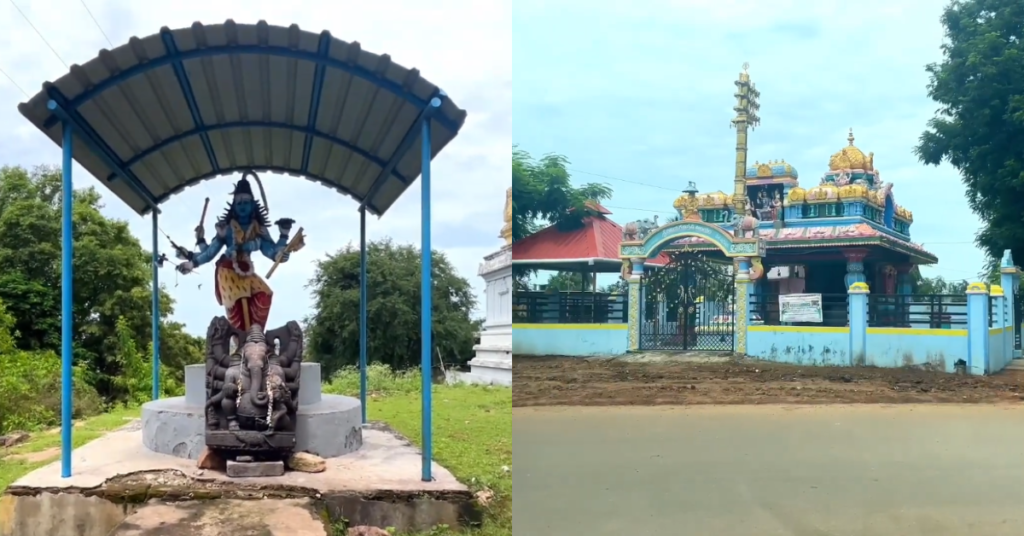
Must visit: Exclusive of the Sri Someswara Swamy Temple, Kotipalli:
Religious Importance: The Dakshina Kashi:
People consider the Sri Veerabhadra Swamy Temple as the Dakshina Kashi and recognize it as one of the Pancha Kshetras. The other four kshetras include Kedarnath, Kashi, Kalahasti, and Srisailam. Devotees believe that a pilgrimage to Pattiseema eliminates the need to visit the other four temples, as mentioned in the Skanda Purana.
How to Reach Sri Veerabhadra Swamy Temple, Pattiseema:
- By Road: The temple is located about 35 km from Rajahmundry. You can easily reach the temple with convenient taxi and bus services.
- By Train: The nearest railway station is in Rajahmundry, from where visitors can take local transport to reach Pattiseema.
Must visit: Exclusive of The Draksharamam Temple in East Godavari:
Sri Veerabhadra Swamy Temple Boat timings:
- Everyday 6:00 AM to 5:30 PM and on normal days there is only 1 Boat to transport.
Sri Veerabhadra Swamy Temple Location:
Click on the MAP and plan your visit.
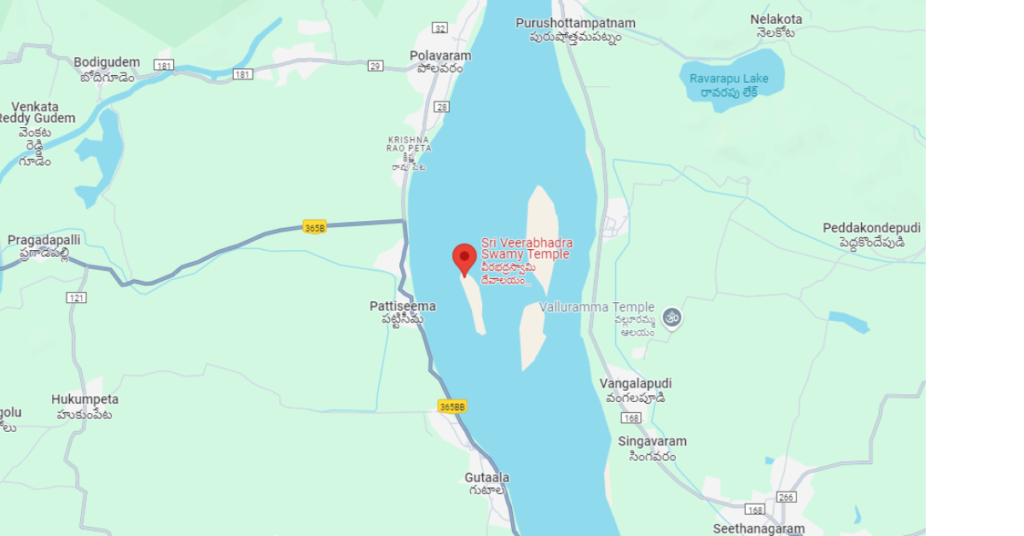
Tips for your visiting Sri Veerabhadra Swamy Temple:
- Maintain cash online payments maitbe cant work
- carry your water bottle and snakes there takes time to start boat
- Check the weather before heading out, as heavy rains may stop the boats.
Conclusion:
The Sri Veerabhadra Swamy Temple in Pattiseema is not just a place of worship but a symbol of Andhra Pradesh’s rich spiritual heritage. Surrounded by natural beauty, mythological significance, and historic relevance, this temple offers a peaceful retreat for devotees and tourists alike. Make sure to include this divine destination in your travel itinerary when visiting Andhra Pradesh.
Frequently Asked Questions (FAQs):
Answer: Sri Veerabhadra Swamy Temple stands in Pattiseema, East Godavari district, Andhra Pradesh, India.
Answer: Devotees worship Lord Veerabhadra, a fierce form of Shiva, as the main deity at this temple.
Answer: It is a popular pilgrimage site, believed to have healing powers and fulfill devotees’ wishes.
Answer: The temple typically opens early in the morning and closes late in the evening. Check the temple’s website for specific timings.
Answer: The temple does not charge an entry fee, though they gladly accept donations.
Answer: Kolleru Lake, Coringa Wildlife Sanctuary, and Kakinada Beach are popular nearby attractions.
Answer: It’s well-connected by road and rail. The nearest railway station is Samalkot.
Answer: The winter months (October to February) are ideal due to pleasant weather.

